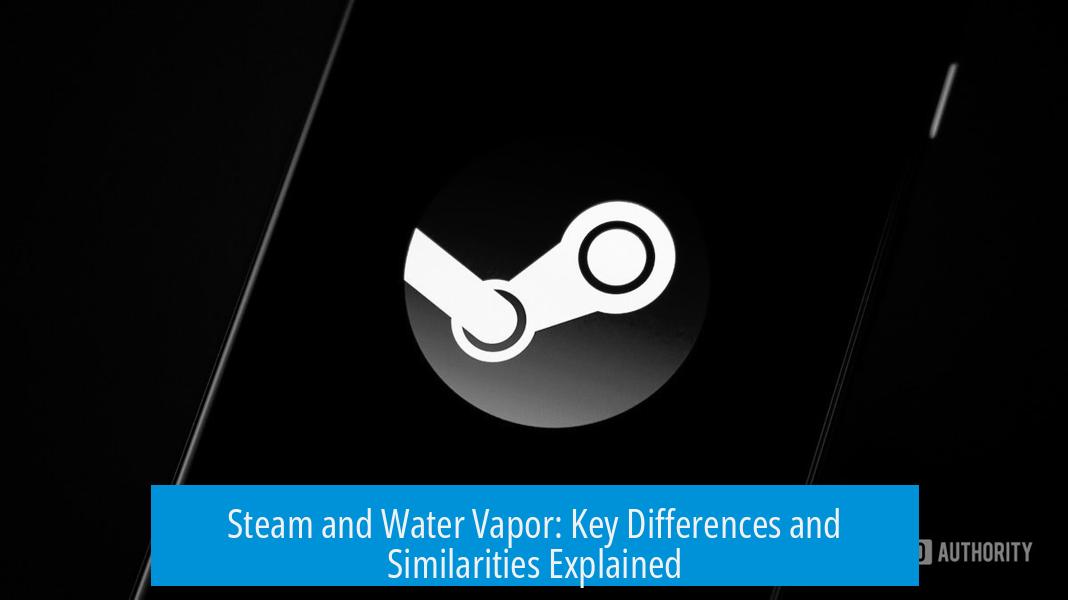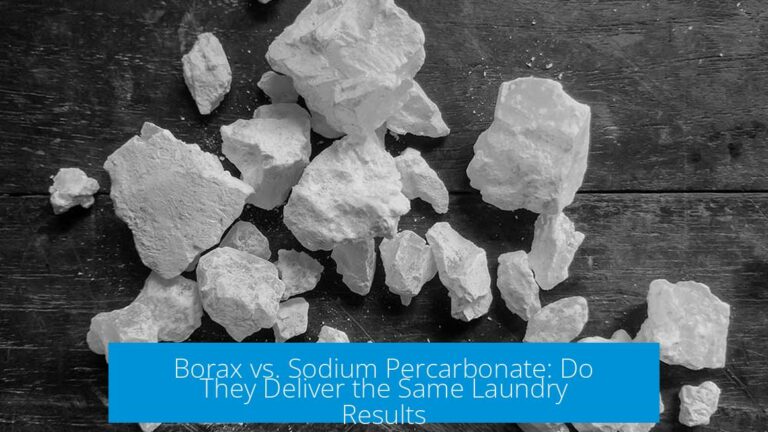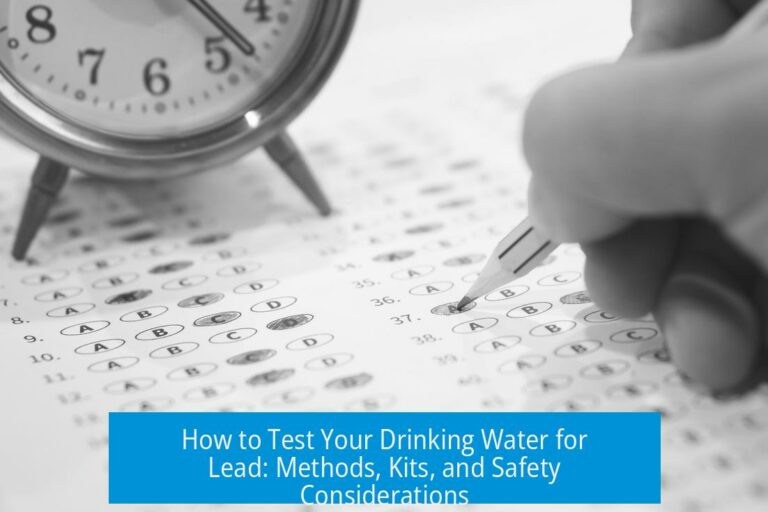Steam vs Water Vapor: Same or Different?
Steam and water vapor both describe water in its gaseous state, but they differ significantly in temperature, composition, and context of use. Steam generally refers to water vapor at or above its boiling point, often in pressurized and pure form. Water vapor is a broader term defining gaseous water found mixed with other gases in the atmosphere, usually at lower temperatures.
1. Definitions and Context
1.1 Water Vapor in the Atmosphere
Water vapor is the gaseous phase of water present in the air. It is invisible and constitutes part of the Earth’s atmosphere. The amount of water vapor varies with temperature and humidity. This vapor exists naturally and is essential for weather and climate processes.
1.2 Steam in Technical Terms
Steam is often used in technical fields like engineering and chemistry. It refers to water vapor at high temperatures, typically at or above 100°C (the boiling point of water at atmospheric pressure), and frequently under pressure. Steam has practical relevance in equipment such as steam engines, boilers, and steam distillation units.
1.3 Vapor as a General Concept
Vapor broadly indicates the gaseous phase of a substance above its liquid or solid state in equilibrium or near-equilibrium. Water vapor is one example, but vapor can refer to any substance transitioning from liquid or solid to gas at various temperatures and pressures.
1.4 Common Language Usage
In everyday speech, “steam” and “water vapor” are often used interchangeably. This overlap causes confusion but generally signifies water in its gaseous form.
2. Temperature and Pressure Differences
2.1 Temperature Criteria
Steam cannot exist at ambient temperature (~25°C) under normal atmospheric pressure (1 atm). To form steam, water must be heated to its boiling point or above. For example, at 1 atm, water boils at 100°C; steam is water vapor at or above this temperature.
2.2 Pressure Effects
Pressure influences the temperature at which water vapor forms and condenses. Increasing pressure raises the boiling point of water. Steam typically exists under higher pressure conditions in industrial settings. Water vapor in the atmosphere exists primarily at lower pressures mixed with other gases.
2.3 Condensation Characteristics
Water vapor can be condensed into liquid by increasing pressure without lowering temperature if the temperature is below the critical temperature (~374°C). Steam above the critical temperature behaves as a supercritical fluid, where it cannot be condensed by increasing pressure alone.
2.4 Practical Distinction
- Steam: Pure water vapor, often under pressure and high temperature, used in enclosed systems.
- Water vapor: Atmospheric, mixed with gases like nitrogen, at a range of temperatures, typically below boiling point.
3. Thermodynamic and Phase State Analysis
3.1 Water Vapor vs Steam in Thermodynamics
Water vapor is the generic term for gaseous water. Steam is commonly used for heated gaseous water relevant in process engineering. This differentiation is practical rather than strictly scientific.
3.2 Wet Steam
In many applications, steam is not completely gaseous but a mixture of gas and liquid droplets, known as wet steam. This mixture has important effects on heat transfer and mechanical operations.
3.3 Visibility Misconceptions
True steam is invisible as it is a gas. The white “steam” seen near boiling water or kettle spouts is actually a mist composed of tiny liquid droplets formed by condensation of the hot vapor when it contacts cooler air.
3.4 Condensation Phenomena
When gaseous water cools below its dew point, it condenses into tiny liquid droplets, visible as fog or mist. This process happens near the source of steam, leading to visible cloud-like forms which are not pure steam.
4. Composition and Environmental Differences
4.1 Pure Steam vs Atmospheric Vapor
Steam in industrial systems consists of 100% water vapor, confined in sealed or pressurized environments. Atmospheric water vapor is water gas mixed with air’s other components, including nitrogen and oxygen.
4.2 Water Vapor’s Role in Air
Water vapor is always part of the air; its concentration determines humidity. It participates in weather phenomena and impacts human comfort.
4.3 Differences in Common Perception
- Water vapor: Invisible, present in air all the time.
- Steam (common usage): Visible white cloud or mist near boiling water.
- Mist: Tiny droplets suspended in air, cooler than steam and often unrelated to boiling water.
4.4 Human Experience
Humans inhale water vapor routinely without sensing it. In medical contexts, inhaling saturated air causes noticeable condensation in nasal passages, indicating the presence of water droplets rather than pure vapor.
5. Summary of Differences and Similarities
- Both steam and water vapor represent water in its gaseous state.
- Steam typically refers to water vapor at or above boiling temperature and often at high pressure.
- Water vapor is a broader term for gaseous water, commonly at lower temperatures and mixed with other gases.
- Visible steam is largely condensed water droplets, not gaseous steam.
- Technical differences matter in industrial and scientific settings but less in everyday language.
Key Takeaways
- Steam and water vapor are both gaseous water but differ in temperature, pressure, and environment.
- Steam exists at or above 100°C and often under pressure; water vapor can exist at much lower temperatures in air.
- Visible “steam” is usually a mist of liquid droplets formed by condensation, not pure steam gas.
- Wet steam contains both gaseous and liquid phases and impacts industrial processes significantly.
- Distinguishing between steam and water vapor is key in thermodynamics and engineering but less crucial in casual conversation.





Leave a Comment